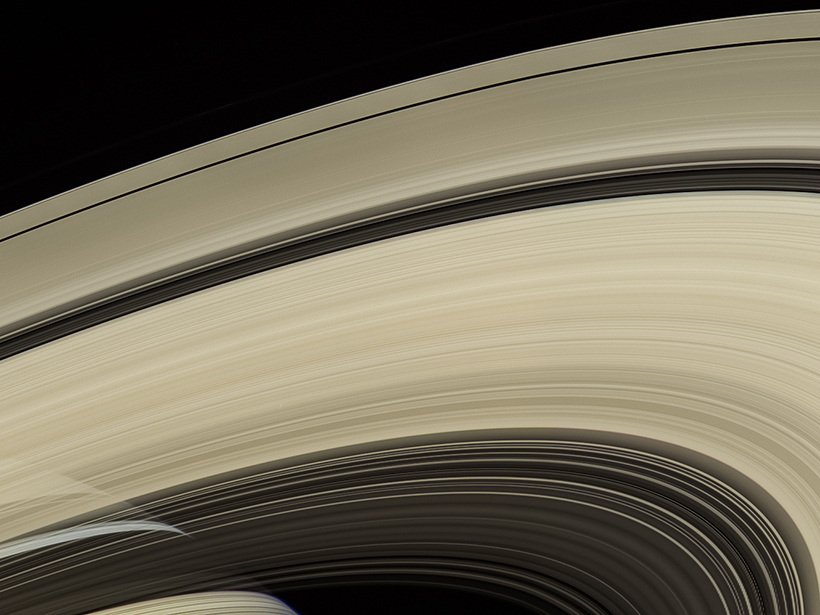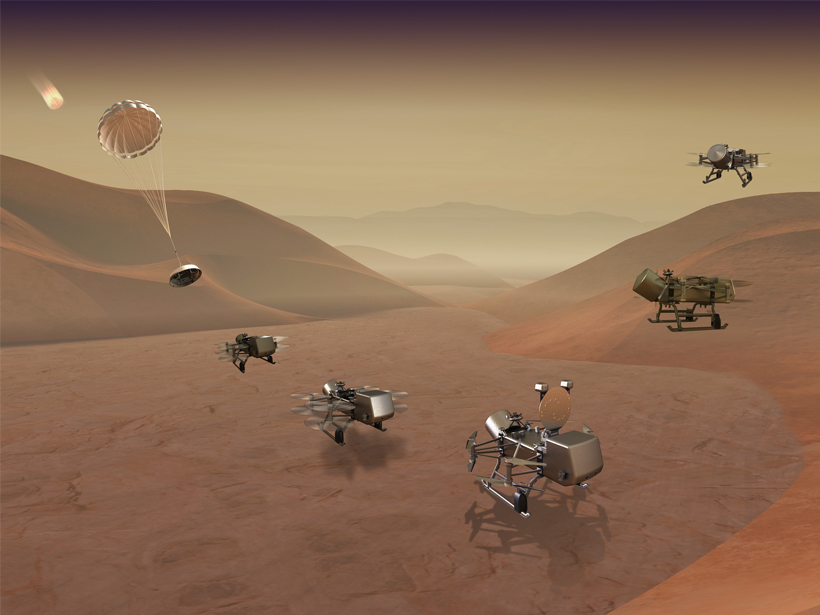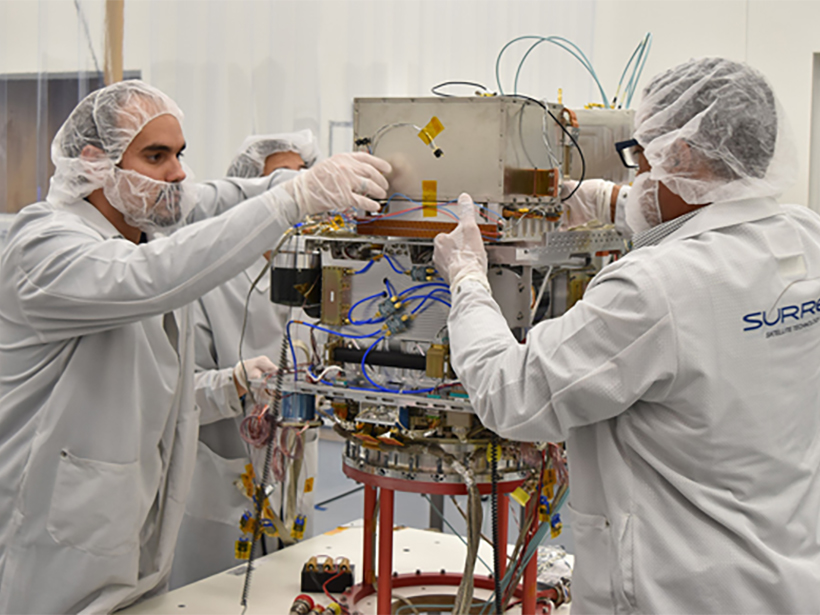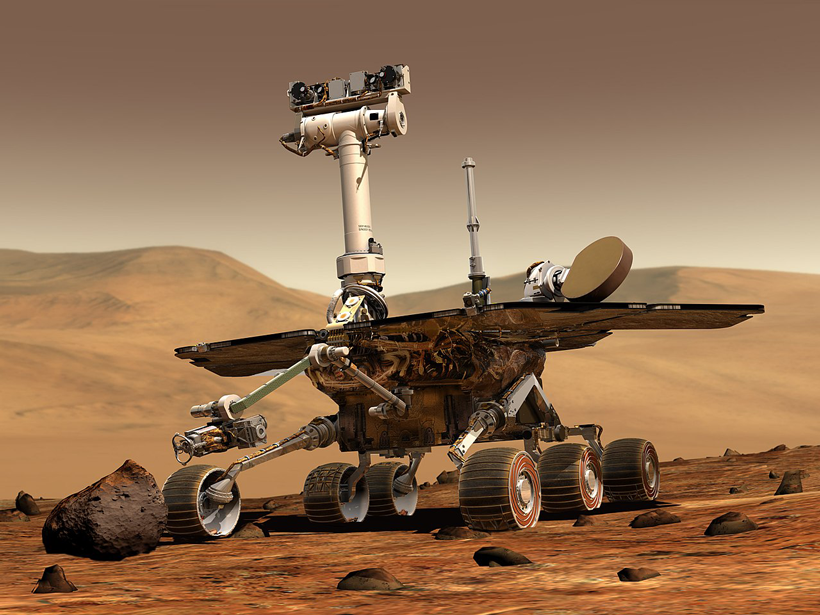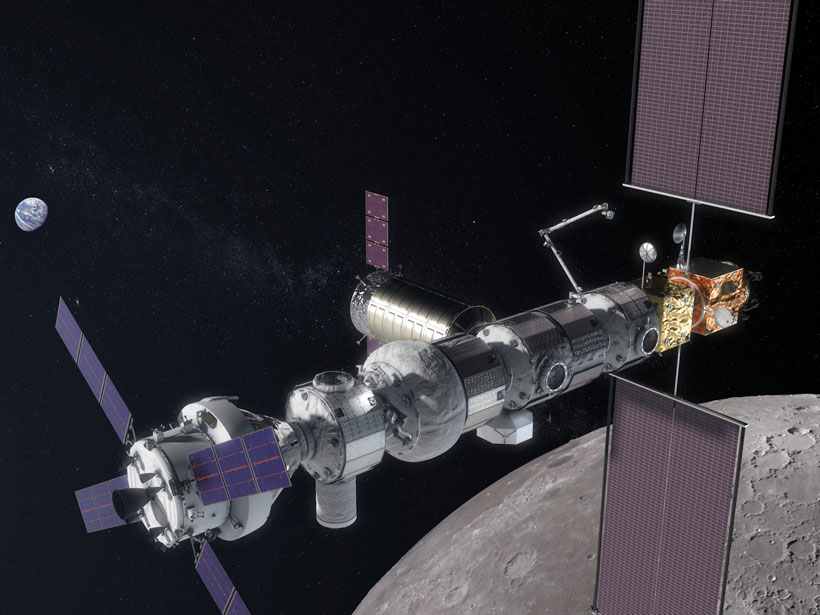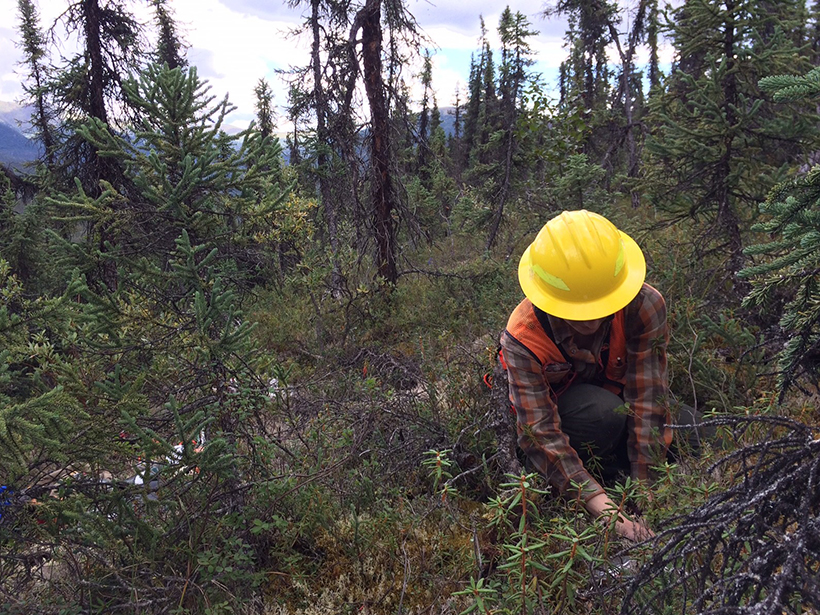In the latest episode of its Centennial series, AGU’s Third Pod from the Sun interviews the curator of the Apollo Moon rocks.
NASA
How Cassini Ran Rings Around Saturn and What It Helped Us Learn
Once and future rings: During its final 22 orbits, the Cassini spacecraft provided a completely new look at one of our solar system’s most famous features.
Apollo’s Legacy: 50 Years of Lunar Geology
Samples of the Moon’s surface brought back by Apollo astronauts ushered in a new era of planetary science. Scientists today continue the legacy.
Spirits Are Flying High for Dragonfly and Titan
We’re sending a mission back to Titan, and it’s time to celebrate.
Ultraprecise Clock Will Facilitate Space Exploration
NASA’s Deep Space Atomic Clock, slated to launch later this month for a demonstration flight, will help spacecraft more efficiently navigate the solar system.
New Book Examines the Legacy of Apollo
As the 50th anniversary of the Apollo 11 lunar landing nears, a new book looks back on the race to the Moon.
Rest in Peace, Spirit and Opportunity
A scientist on the rover team offers a remembrance of two intrepid explorers.
All About Bennu: A Rubble Pile with a Lot of Surprises
Asteroid Bennu has been under close scrutiny since December. Here are six key results from the first few months of data from OSIRIS-REx.
Science Down, Lunar Exploration Up in NASA Budget Request
Here are five key takeaways from the president’s recent budget request for NASA.
New Budget Bill Rescues NASA’s Carbon Monitoring System
“We’re back!” says $10-million-per-year project’s science team leader.


